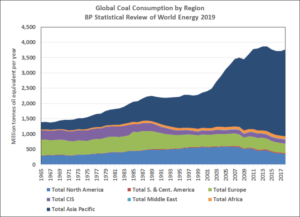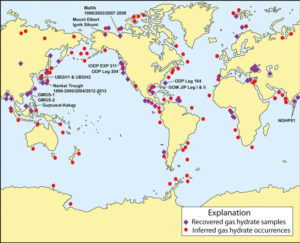by M. Gay & S. Furfari, 8 janvier 2020 in Contrepoints
L’hydrogène (H2) est une terrible illusion comme énergie alternative aux combustibles fossiles. Les médias semblent fascinés par ce gaz perçu comme une panacée, mais entre la science et la perception publique ou politique, il y a un abîme.
Cette erreur commune persiste notamment parce que Jeremy Rifkin, un gourou dans le domaine de l’hydrogène, a présenté The Hydrogen Economy dans laquelle ce gaz remplacerait les combustibles fossiles pour la production d’électricité et les transports.
Bon orateur répétant son mantra depuis maintenant plus de 15 ans, Rifkin a réussi à convaincre de nombreux politiciens, en particulier dans l’Union européenne (UE), que la révolution de l’hydrogène était en marche. Mais l’effet magique « abracadabra » ne fonctionne pas dans la science et l’économie.
…



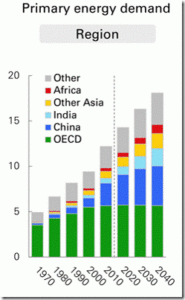
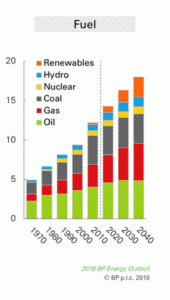


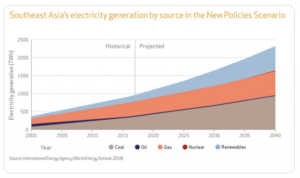
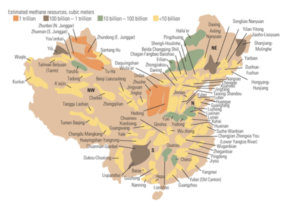
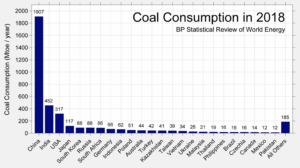
 Figure 2. “The effects American ingenuity and new technology can have.”…
Figure 2. “The effects American ingenuity and new technology can have.”…